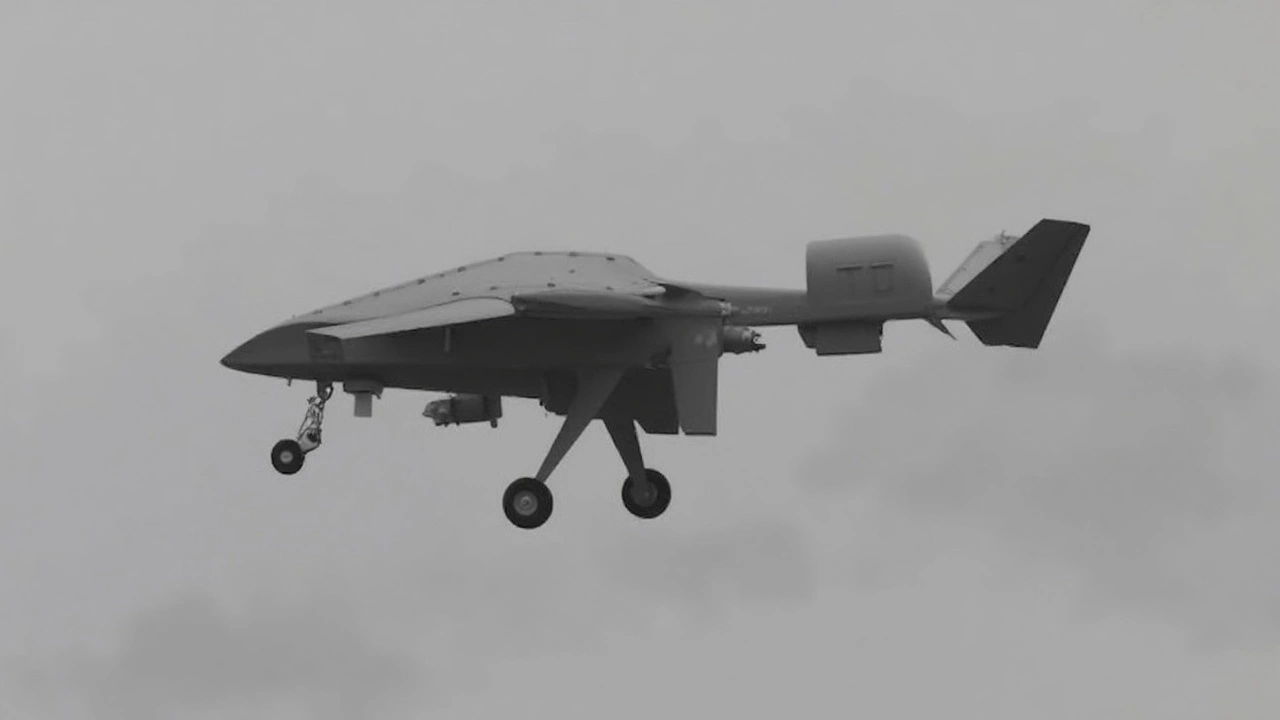AI‑Guided Drones: Smart Flight Tech for Racing and Beyond
If you’ve ever watched a drone buzz past a stadium and wondered how it stays steady, the answer is simple: AI. Artificial intelligence helps drones make split‑second decisions, keep a steady line, and avoid obstacles without a human hand on the controls. That’s what we call AI‑guided drones, and they’re popping up in many areas – from film shoots to live‑sport events.
At its core, an AI‑guided drone combines a sensor suite (camera, LiDAR, GPS) with a machine‑learning model that predicts the best path in real time. The drone constantly reads its environment, runs the data through the AI model, and tweaks its motors to stay on course. The result is smoother flight, better safety, and the ability to perform tricks that a human pilot would find impossible.
How AI Makes a Drone Autonomous
The AI model is trained on thousands of flight scenarios. It learns what a safe distance looks like, how wind gusts affect motion, and how to react when an object appears suddenly. Once trained, the model sits on a small onboard computer. During flight, the drone feeds live sensor data to the model, which spits out control commands in milliseconds. This loop repeats millions of times per second, giving the drone a “brain” that reacts faster than any human could.
Because the AI runs on the drone itself, you don’t need a ground station constantly sending instructions. That freedom is why you see AI drones delivering packages in cities, surveying construction sites, and even competing in drone racing leagues. In racing, AI‑guided drones can follow a pre‑programmed track, dodge other racers, and push speed limits safely.
Impact on Formula 1 and Motorsport
Formula 1 is all about speed, precision, and data. Teams already use AI for car setup, strategy, and driver coaching. Adding AI‑guided drones to the mix gives them a new way to capture data from the track. Drones can fly close to the cars, record high‑resolution video, and stream telemetry without the risk of a crew member on the pit lane.
Some teams are testing drones that fly alongside the F1 cars during practice runs. The AI keeps the drone at a set distance, avoids the car’s wake, and records aerodynamic flow for engineers. That data helps fine‑tune wing angles and improve lap times. Meanwhile, fan engagement benefits too – live drone footage gives spectators a fresh view of the race, making the experience more immersive.
Beyond data collection, AI‑guided drones are becoming part of the entertainment side of motorsport. Event organizers use them for light shows, delivering fireworks, or creating aerial displays that sync with race milestones. Because the AI handles the choreography, the shows stay precise even in windy conditions.
So whether you’re a tech fan or a racing buff, AI‑guided drones are worth keeping an eye on. They bring smarter flight, richer data, and eye‑catching visuals to the world of high‑speed sport. As the technology evolves, expect to see even tighter integration with teams, more autonomous race formats, and perhaps a future where drones and cars share the same track space in a safe, AI‑managed dance.

Future Drone Warfare Reshapes Military Strategy and Exposes New Vulnerabilities
Ukraine's deep-strike drone attacks are forcing a seismic shift in how wars are fought. Analysts warn traditional military powerhouses face new vulnerabilities from swarming, AI-driven drones, and that keeping a thriving drone industry is now essential for long-term defense.
View more